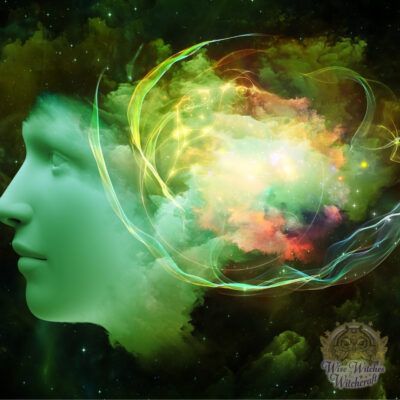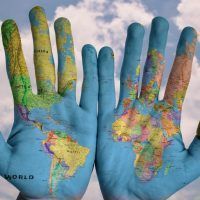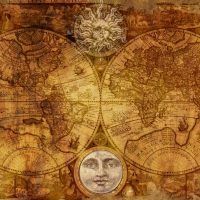Related Beliefs – Animism
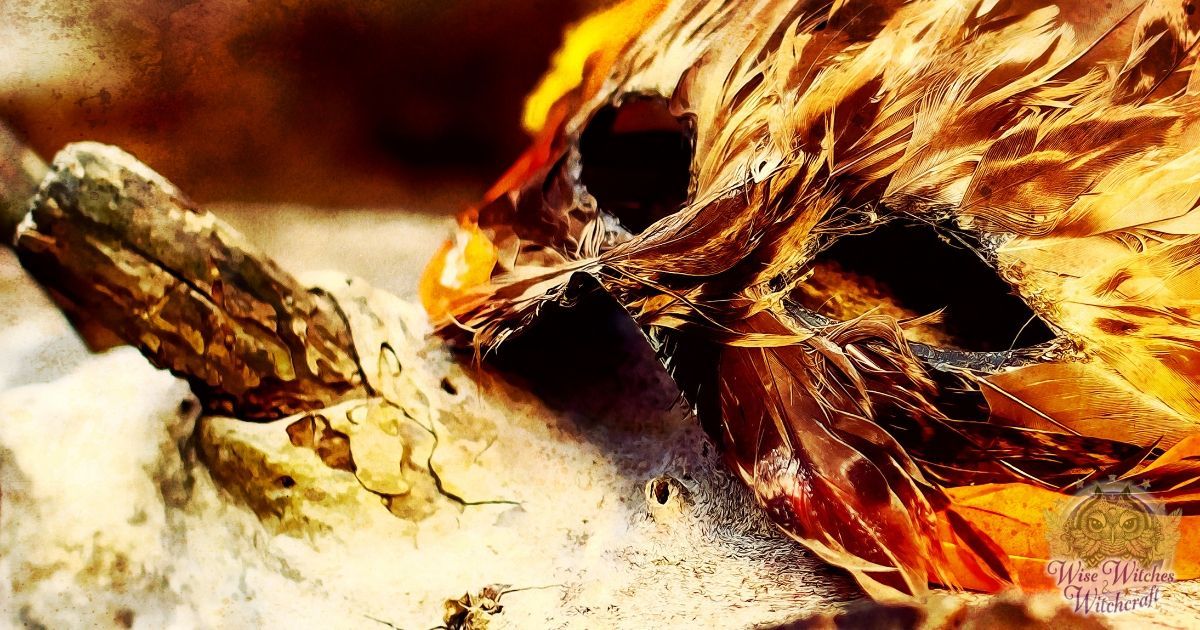
Animism commonly refers to a religious belief that souls or spirits exist in non-human entities such as animals, plants, natural phenomena, geographic features and everyday objects (sometimes even manufactured articles), as well as in humans. Often these entities must be placated by offerings in order to gain favours, or even worshipped.
It is a belief (like shamanism or polytheism) that is part of many religions around the world, although not really a type of religion in itself. Religions which emphasize animism in this sense include Shinto, Hinduism and pagan faiths such as folk religions, indigenous religions and Neopaganism.
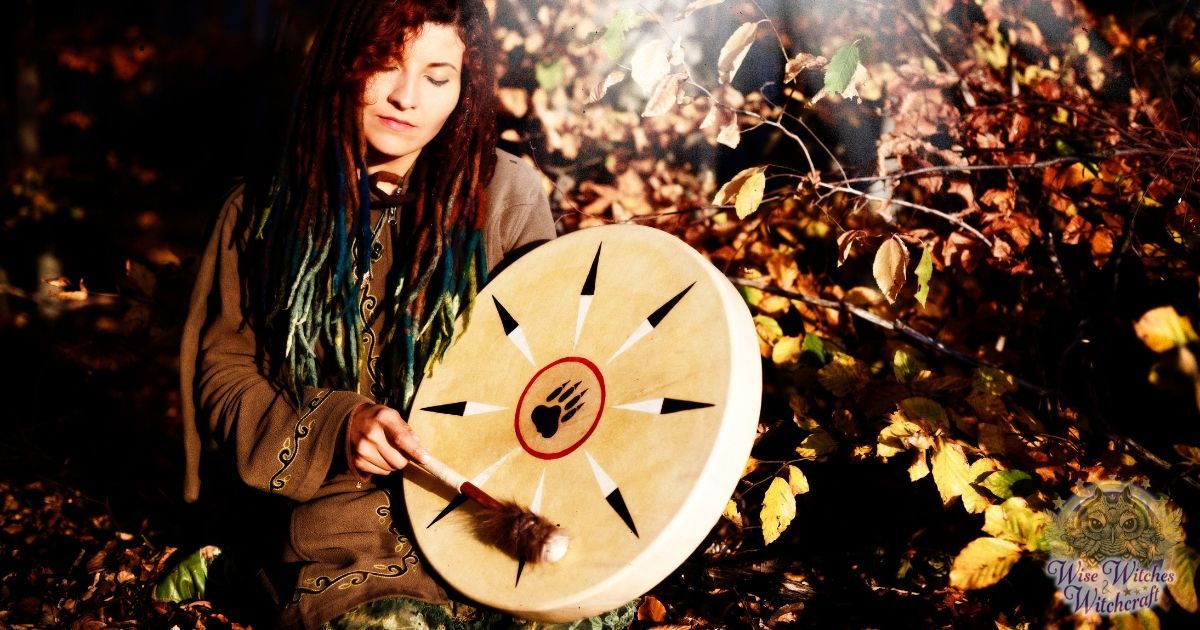
The belief in animism among early humans was the basis for the later evolution of religions. In hunter-gatherer cultures, humans were often regarded as on a roughly equal footing with animals, plants, and natural forces, and as a part of nature, rather than superior to, or separate from, it. It was therefore morally imperative to treat those agents with respect, and ritual was considered essential for survival, and in order to win the favour of the spirits of the sources of food, shelter, and fertility and to ward off malevolent spirits. More elaborate animistic religions, such as Shinto, developed a greater sense of the special characteristics of humans that sets them apart from the general run of animals and objects, while still retaining the necessity of ritual to ensure good luck, favourable harvests, etc.
Most animistic belief systems hold that the spirit survives physical death, often passing to an easier world of abundant game or ever-ripe crops, while in other systems the spirit remains on earth as a ghost, often malignant (or combinations of both of these beliefs). From the belief in the survival of the dead arose the practice of offering food, lighting fires, etc, at the grave, later developing into a kind of ancestor worship. The simple offering of food or shedding of blood at the grave also developed into an elaborate system of sacrifice.
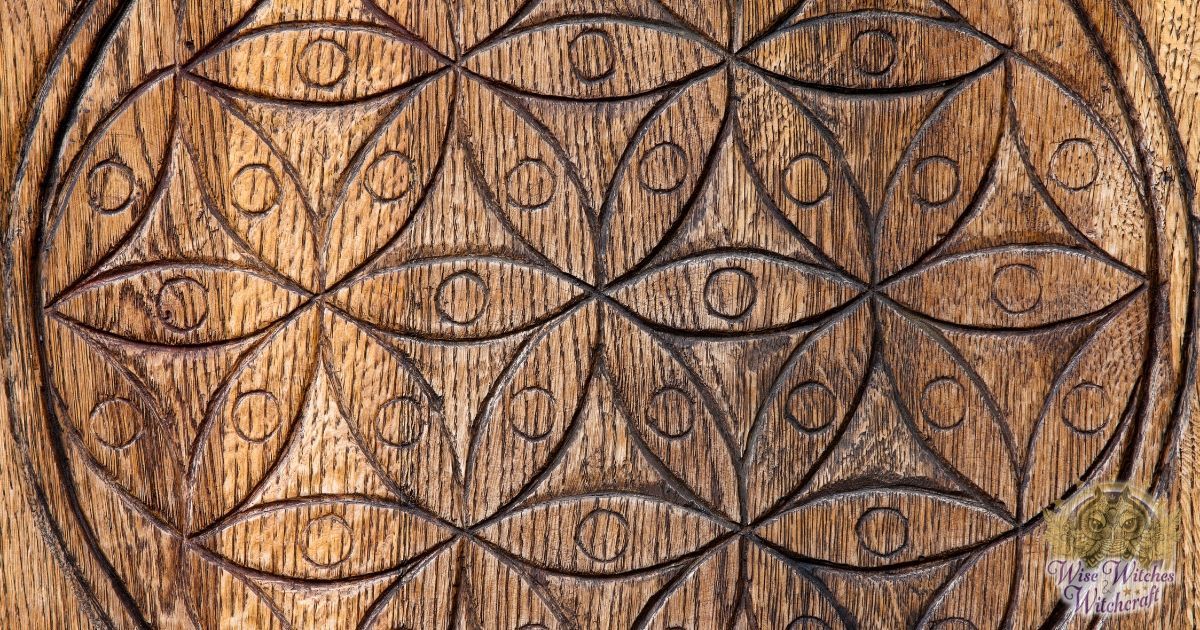
A common animistic belief is that the soul may return to avenge its death by helping to discover a murderer or to wreak vengeance for itself and that those who die a violent death become malignant spirits and endanger the lives of those who come near the haunted spot. Believers, therefore, resort to magical or religious means of repelling these spiritual dangers.
Many traditional African religions are highly animistic and involve belief in various spirits of nature. Although belief in a high creator god is often also maintained, everyday emphasis tends to be on the worship of other lesser spirits. In Shinto, the traditional animistic religion of Japan, spirits of nature (or kami) exist everywhere, from the major figures (such as the goddess of the sun), which is closer to polytheism, to the minor, which are more likely to be seen as a form of animism.
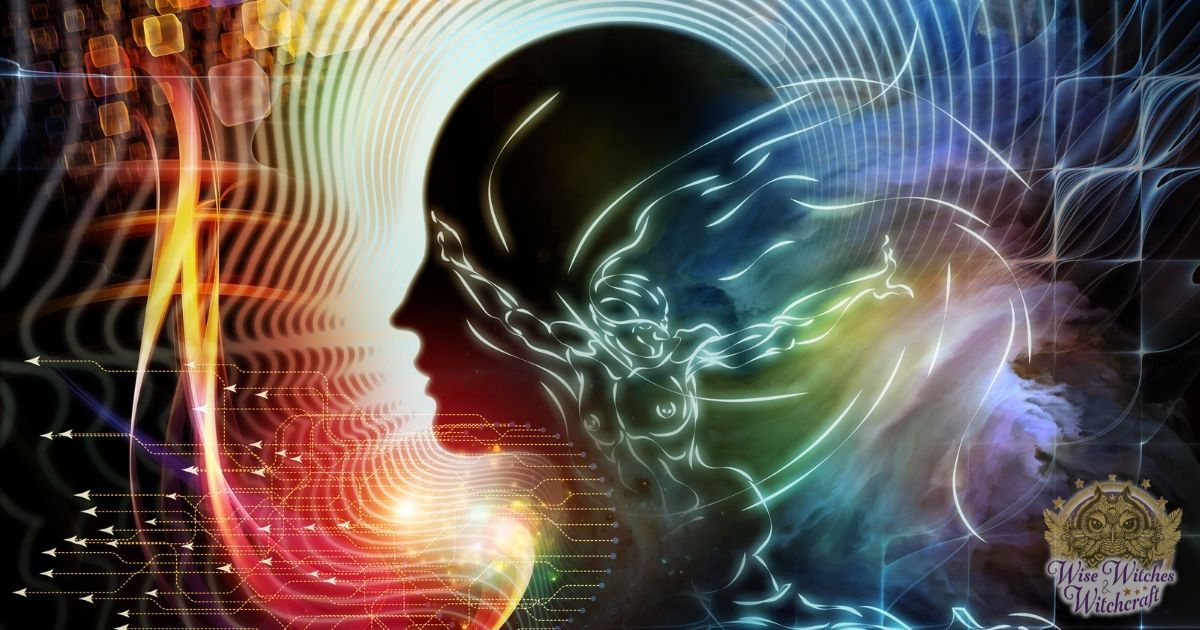
Modern Neopagans may describe themselves as animists, in that they respect the diverse community of living beings and spirits with whom humans share the world (or, alternatively, of nature spirits and fairies), and believe that these spirits can sometimes be as powerful as minor deities. Polytheistic Pagans may extend the idea of many gods and goddesses to encompass the many spirits of nature, such as those embodied in holy wells, mountains, sacred springs, etc.

